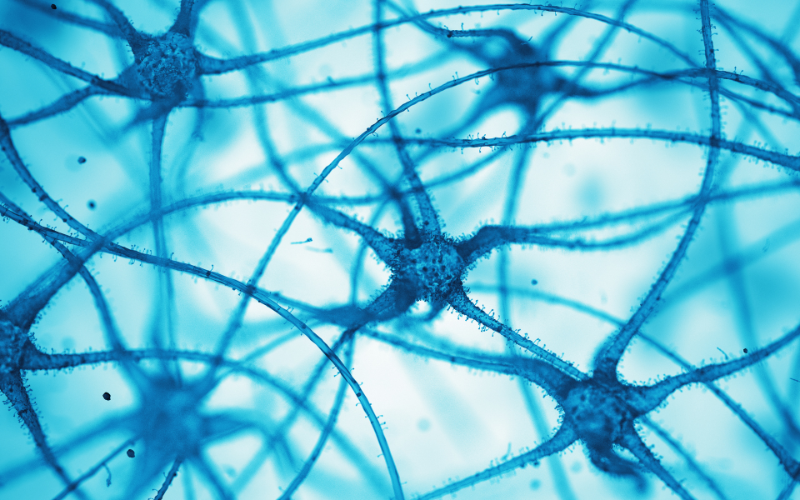33,000 to 35,000 decisions a day—no wonder your brain’s drained! We explain the science of decision fatigue and share strategies to protect your mental stamina.
{{ vm.tagsGroup }}
16 May 2025
7 Min Read
Ruka Nakamatsu (Student Writer)
33,000 to 35,000 decisions a day—no wonder your brain’s drained! We explain the science of decision fatigue and share strategies to protect your mental stamina.
Every swipe, scroll, and click chips away at your mental reserves. Picture this: it’s 3 PM, and you’ve already chosen your morning coffee, navigated a labyrinth of course options for next semester, and decided what to have for lunch. By the time you open your laptop for that final essay draft, your brain feels like it’s wading through molasses.
Mental exhaustion isn’t just a feeling—it’s a biological reality. Your brain, like any organ, has limits. The more decisions you make, the more it tires, subtly eroding your ability to stay focused, make thoughtful choices, or resist distractions. It’s not about weakness or poor time management; it’s about how the brain works under strain.
When the everyday act of choosing starts to feel like a marathon, productivity slumps, stress spikes, and well-being takes a hit. Recognising decision fatigue as a brain-based phenomenon is the first step towards protecting your mental energy and thriving in campus life and beyond.
What is decision fatigue? Think of decision fatigue as the brain’s version of muscle tiredness. After making countless choices—big or small—your mental stamina wanes. You become more prone to shortcuts, impulsive selections, or simply avoiding choices altogether.
What happens in the brain? Recent research has shown that decision fatigue isn’t just subjective tiredness—it’s tied to real changes in brain function. As your mind works harder to process a growing number of choices, different systems in the brain begin to respond in ways that can quietly erode your focus, reasoning, and self-control. Understanding these mechanisms helps explain why even simple decisions can start to feel overwhelming. Let’s take a closer look at what’s happening under the surface.
By understanding these intertwined mechanisms—from brain energy and stress hormones to reward processing—you can begin to see decision fatigue not as a personal failing but as a neurological reality.
What happens in the mind? Ego-depletion theory suggests that every act of willpower—whether resisting distractions, making tough choices, staying on task—draws from a limited pool of mental resources. Once this pool runs low, it becomes harder to exert self-control, which explains why we grow more impulsive, indecisive, or avoidant after a long stretch of decision-making.
Recognising this dual impact—both neurological and psychological—can help us take more compassionate, informed steps towards managing our mental energy.
These daily triggers steadily consume your mental energy, making decision fatigue more likely. Recognising these patterns is key to managing your mental bandwidth, both on and off campus.
Understanding these real-life impacts shows why safeguarding your mental energy isn’t just a nice-to-have—it’s a must for staying focused, healthy, and effective over time.
Protecting your cognitive bandwidth isn’t about doing less—it’s about choosing wisely where to invest your mental resources. Whether you’re a student juggling assignments, a recent graduate settling into your first job, or a young adult figuring out life, your mental clarity is one of your most valuable assets.
So, take a moment to assess your daily decision load: What can be simplified, automated, or postponed? By clearing mental clutter, you make room for creativity, productivity, and well-being to thrive. And with the insights offered by neuroscience, you can now better understand—and optimise—how your brain works.
Ruka Nakamatsu is currently pursuing a Bachelor of Psychology (Honours) at Taylor's University. A voracious reader with an insatiable curiosity, she constantly delves into diverse topics, always on the lookout for the next great story to write.


